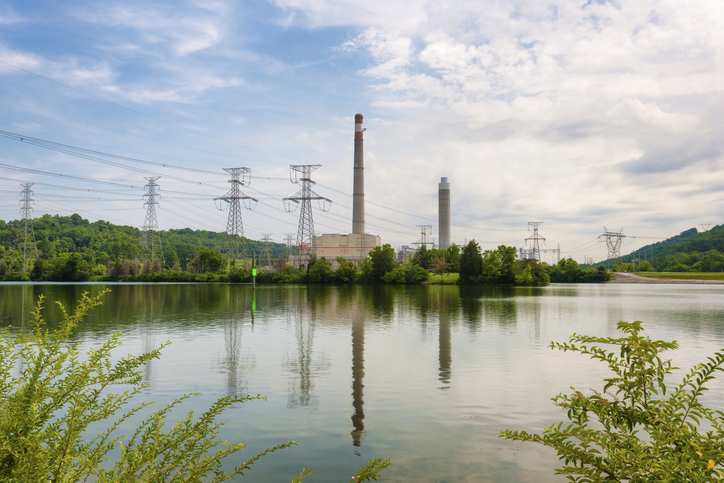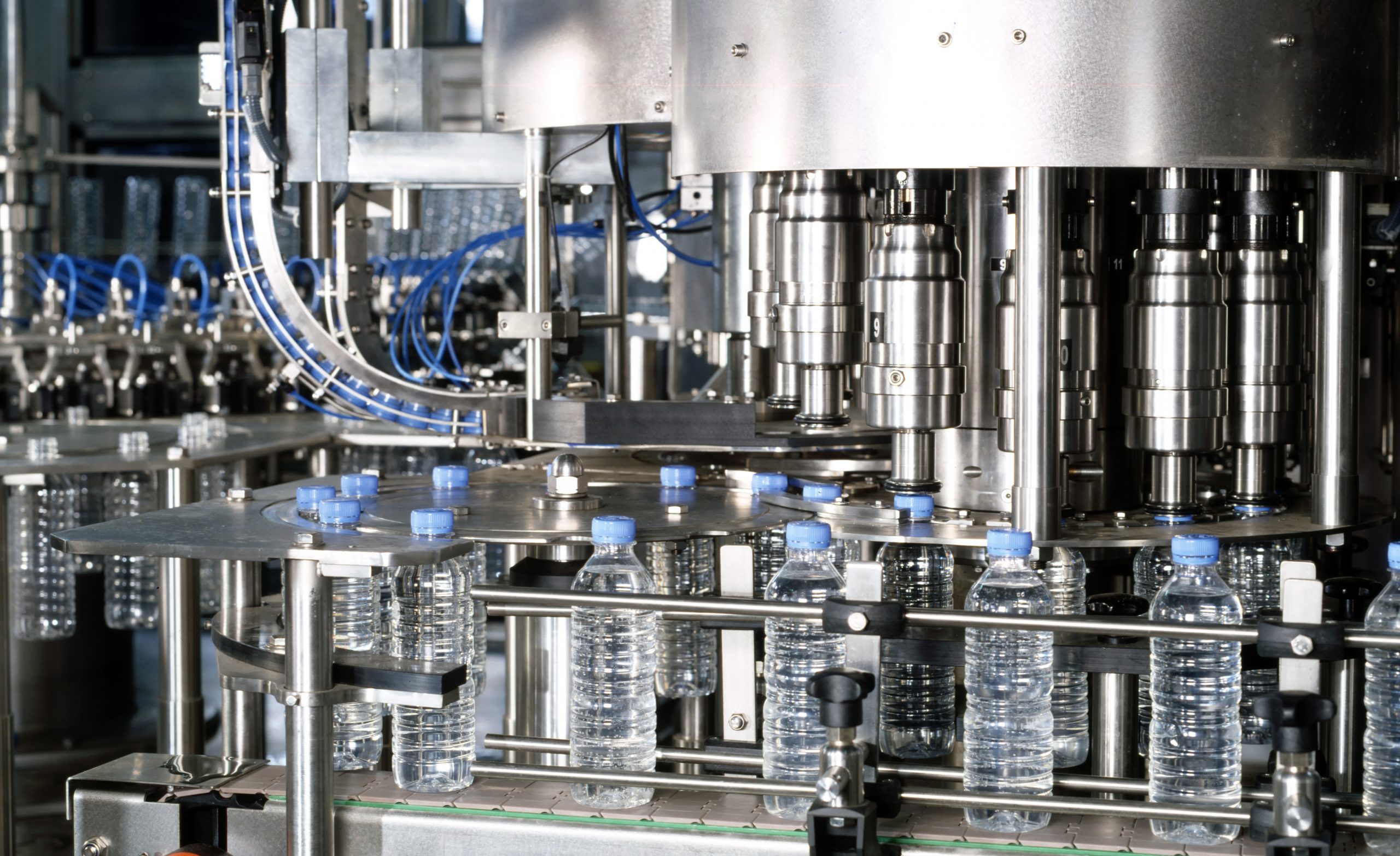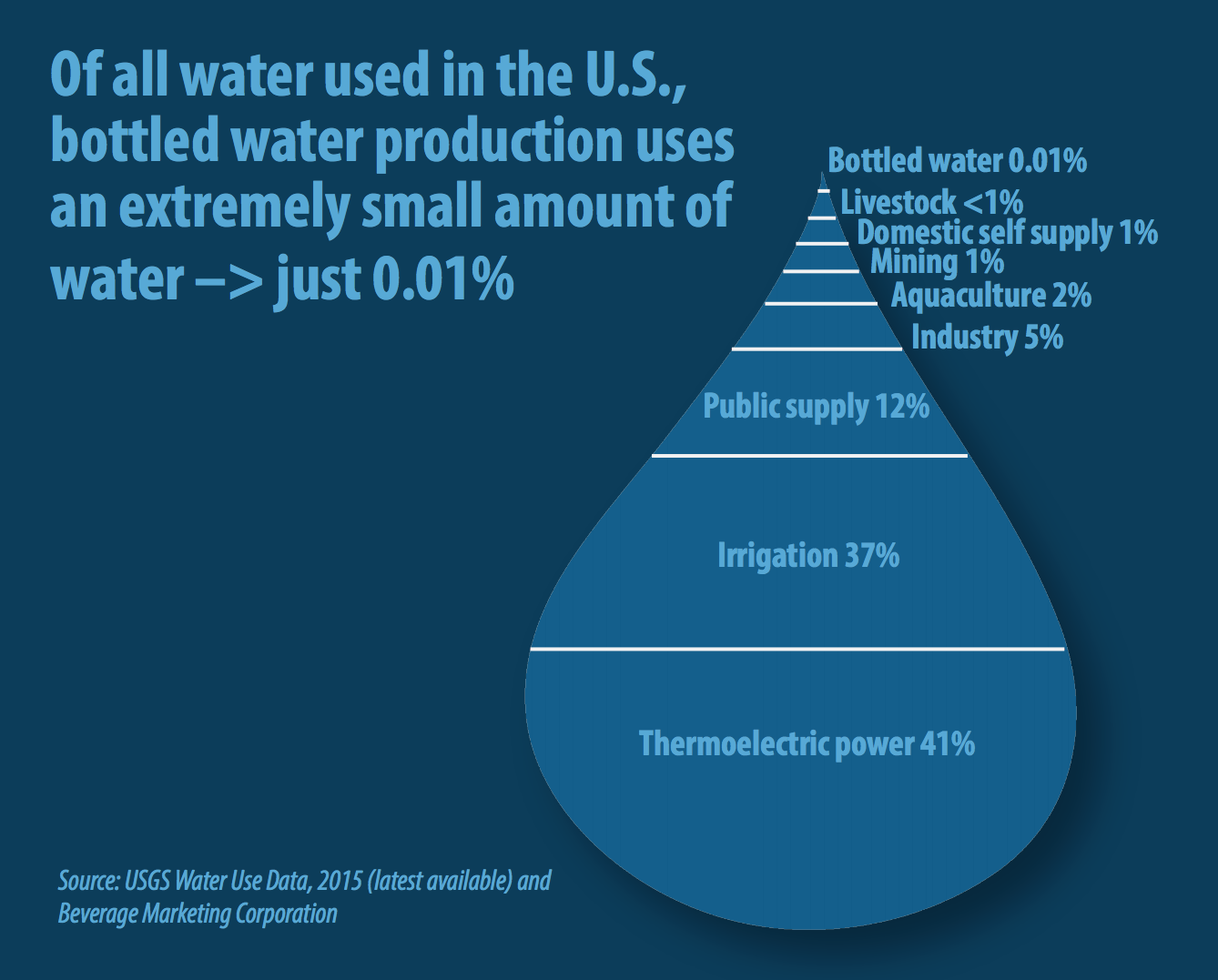State Information
Several U.S. states are dealing with water scarcity issues.
You can get up-to-date information on national current conditions at drought.gov/current-condition.
Click on the tabs below to link directly to state-specific websites
for information on the record heat and dryness.
Water Use in the States
Many states across the United States, particularly in the West, are experiencing extreme levels of drought as limited winter rain and snow pack on top of recent unprecedented heat have caused significant decreases in water tables, reservoir levels, and access to water for all uses. As state officials — including governors, department leaders, and legislatures — make vital decisions on water use, it is important that everyone be aware of what will be required of citizens and industry to comply. Using the tabs above, you can obtain information on individual states that may have already taken government action or are poised to take action restricting the use of water resources.
The amount of water used for bottling water in the United States is very small. In fact, less than 0.01% of all the water used in the United States each year is used in the production of bottled water.


Water Use and Bottled Water Production
The amount of water used for bottling water in the United States is very small. In fact, less than 0.01% of all the water used in the United States each year is used in the production of bottled water. While that figure may vary slightly by location, the amount of water used for bottled water is only a small fraction of overall water use in any state.
To put it in context, the entire U.S. bottled water industry used about 21 billion gallons in 2020 (which accounts for both the water used in production and the contents that are consumed). In contrast, the city of Los Angeles goes through that amount of tap water in just 10 weeks.
In contrast, the city of Los Angeles goes through that amount of tap water in just 10 weeks.
In addition, most of the bottled water that comes from a state’s water sources is sold in that state. In fact, the vast majority of bottled water companies in the United States use local water sources and distribute their products to nearby towns and states.
Bottled water is 100 percent intended for human consumption. However, less than one-half of 1 percent of tap water is consumed by humans.
Bottled Water’s Vital Role During Emergencies
Bottled water plays a vital role in the lead up to and recovery from disasters and other emergencies. This video reminds people to take a moment to reassess their risks and update hurricane kits and emergency plans. Being prepared in advance of a threat means stocking up on emergency supplies such as non-perishable food, drinking water, batteries, etc., in sufficient quantities to last at least 72 hours. In fact, FEMA advises that the safest, most reliable emergency drinking water is commercially purchased bottled water and recommends at least 1 gallon per person per day, for at least three days.
LEARN HOW TO BE PREPARED
